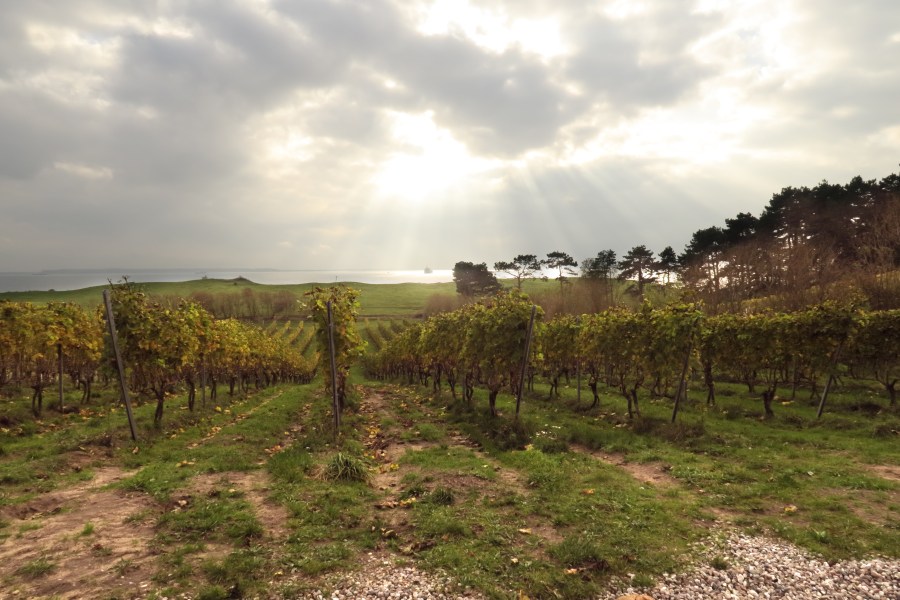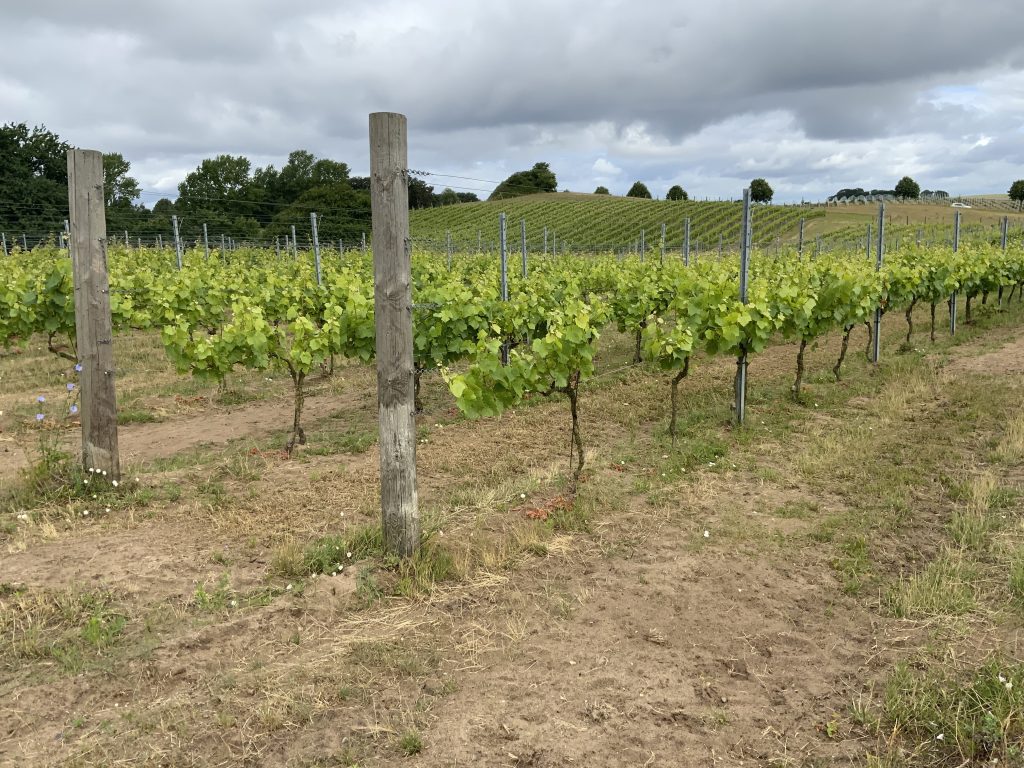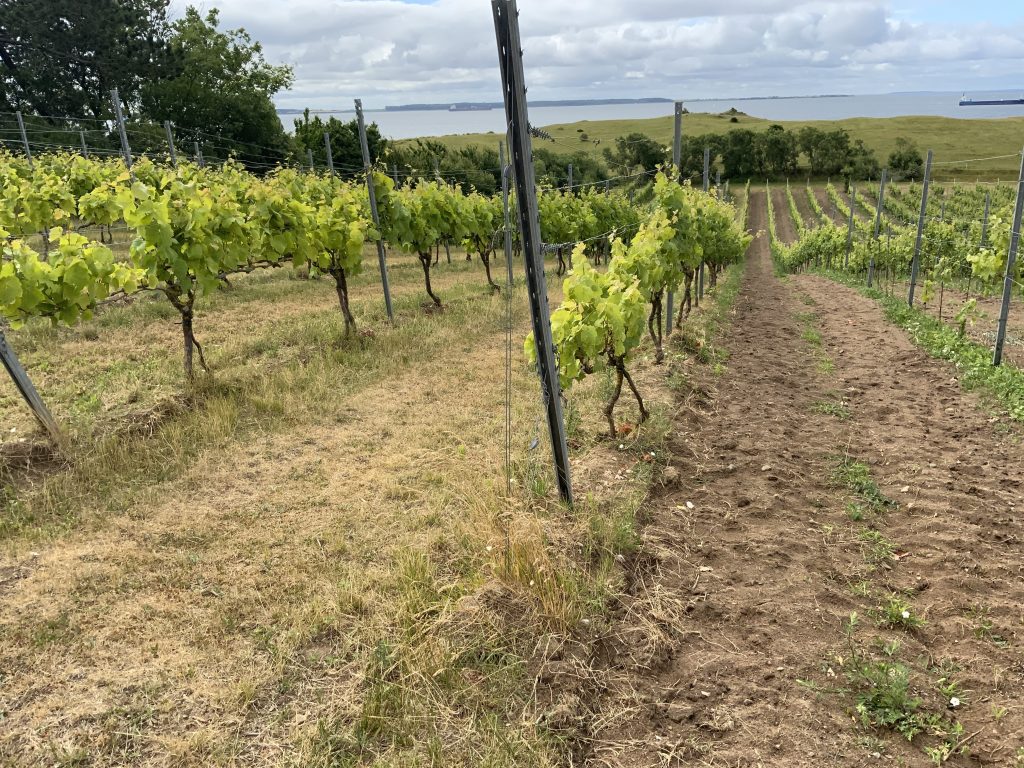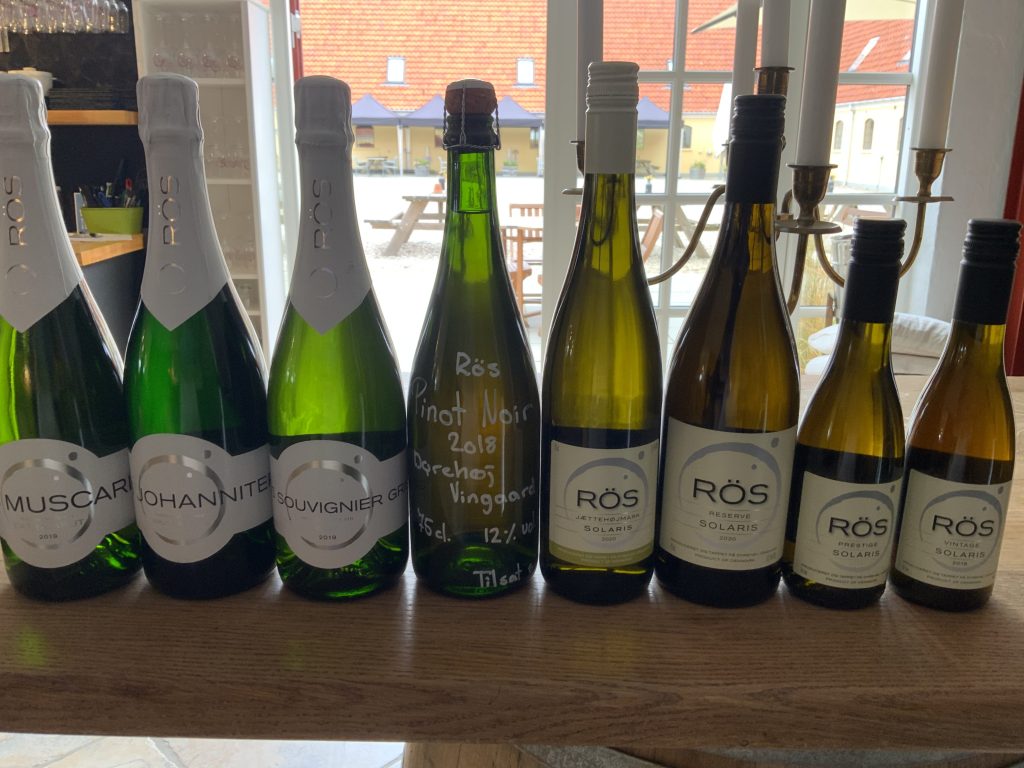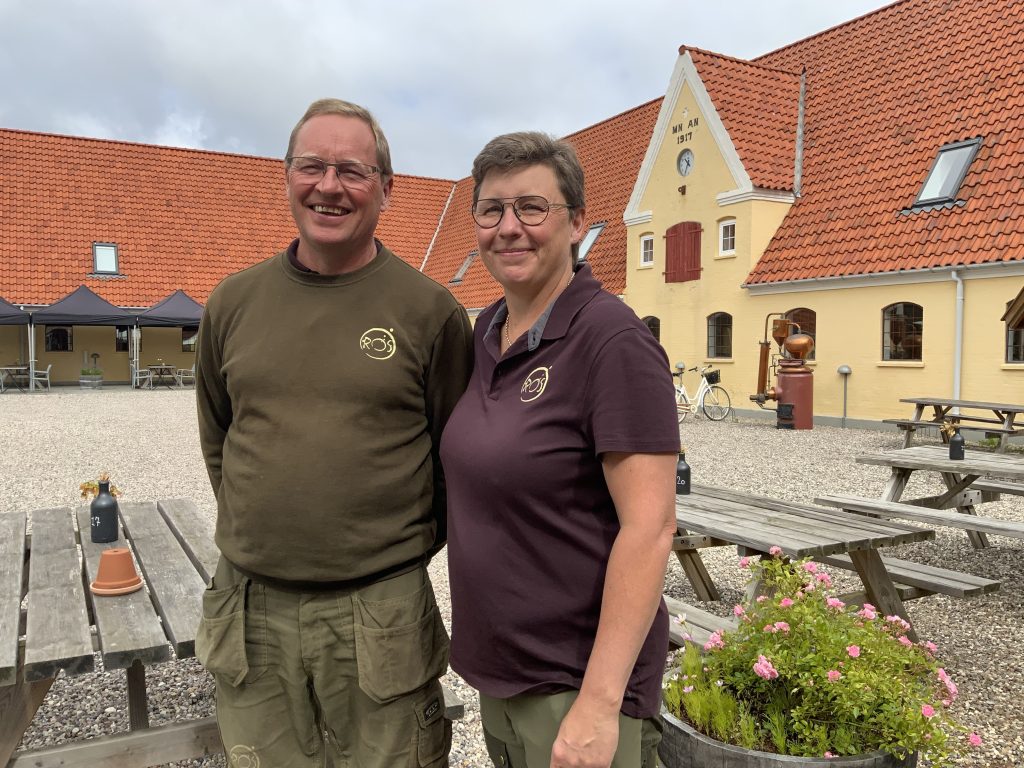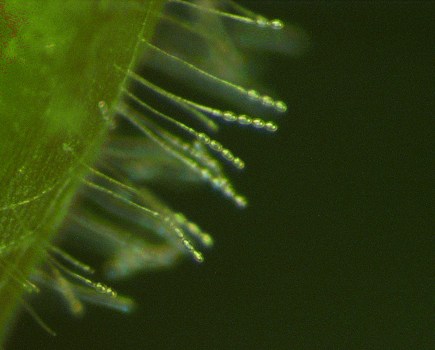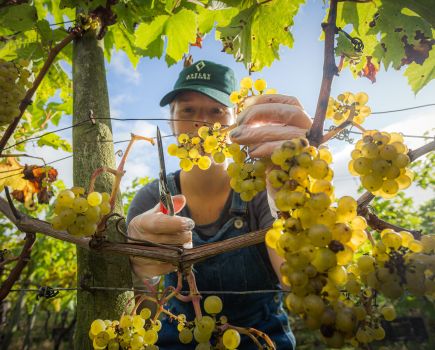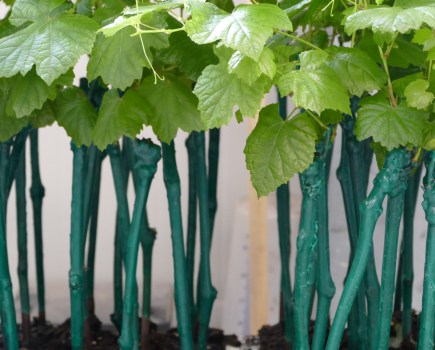In Denmark the land of fairy tales – the Emperor’s New Clothes, The Princess and her Pea – Tom Christensen is making wine.
The capital of Denmark, Copenhagen, is on the same latitude as Edinburgh (56°)… According to The Association Danish Wine (Foreningen Dansk Vin), there are 126 commercial wine producers and more than 1,000 hobby producers.
The largest vineyard in this Scandinavian haven is: Dyrehøj, 13 hectares up on the western peninsula between the islands of Funen and Zealand, by a fjord.
“I was a pig farmer,” exclaims Tom Christiensen. “I was about 40 and I decided to sell the pig farm and did something stupid. My wife wanted to live on this farm. It was a mess but I was a bit crazy about the buildings. I changed everything. The only thing that remains are the walls.
“There were two things: There was an old guy here, Lars. He had been growing vines since 2020, maybe before. He said this was the best area in the country (for vine growing/making wine). Secondly, the bank director said: ‘You can’t money from winemaking’. These two things started me off. I like a challenge. I did not know anything about wine,” he laughed.
“I thought rosé was a mix of red and white wine. I had never been to a wine farm or read a book about wine. I have been learning by doing.
“But it has been fun. We don’t do the same thing as everyone else,” he said.
His oenologist/winemaker sister, Betina Newberry, rejoins: “Tom isn’t the usual stubborn Dane. He’s not afraid to say: ‘I don’t know’ and be it climate, weeds, law, admin, he will ask someone to help.”
So Tom got in Stefan Laible, a winemaker from Freiburg, Germany. They now have a full time Italian winemaker, Luca Filannino, at Dyrehøj.
“It has been expensive: wrong grape varieties. We brought back vines from Germany but they don’t work here. We only have Piwi vines. As I was a pig farmer, I know you have to take whatever is best.
“We are certified organic but we have so many stupid rules. It’s impossible,” said Tom.
Betina Newberry said: “It depends on who you ask. We cannot spray with copper sulphate. Our rules are so strict, more than organic rules in Germany. Even a conventional farmer cannot use copper sulphate.
“One of the challenges here is that we do not have any chemicals registered for use in vine growing. Yes, for other fruit, apples, cherries, but not vines,” said Betina.
Tom said: “If I have to get something, for example to improve the flowering, I have to get permission and it costs 2,000 kroner each time to get that paper. Magnesium, is another example, if leaves are going yellow. I have to first get permission. It’s very slow – typically Danish.”
While Tom and Betina are sceptical about organic, they are enthusiastic for sustainability. “We believe sustainability is better thinking,” said Betina. We have to make good grapes but have to do it in the best way for nature, our customers and the business. That will be our goal, to really go into that.
“We believe in holistic thinking. Not as a religion, but just common sense – both in the field and the way we treat staff and customers as well,” said Betina.
Regarding the harvest Betina said: “Local volunteers pick the grapes. We pay them in ‘hygge’ (Danish for friendship, gratitude, fellowship). They get lunch and food after work.” Tom added: “We pick between three and six tonnes a day. I am just as happy if we pick three or six. As long as people are enjoying themselves.”
Solaris is Dyrehøj’s flagship variety, followed by Souvignier Gris (11-12%) Muscaris (8%).
They are both huge fans of Solaris. Dyrehøj’s sparkling and still Solaris, are absolutely excellent.
“Solaris is our biggest variety – more than half – 70%. Solaris is always good.
We have Pinot Noir, Freiburger 1801 clones – “because I did not know what I was doing,” laughed Tom. “It needs attention all the time. It is late and low yield. We use it for the sparkling and for our port wine.”
In fact Dyrehøj’s Solaris port won an award in Denmark. The vineyard offer one still red wine for visitors but are not fans.
Betina said: “One red – 1,000 bottles. Only to show we can. Basically, it explains why not to make red wine. I tell them about our wines and then someone says: ‘Can I buy a bottle of red wine’. I think: ‘You’re not listening.’”
Tom concluded: “We can make stunning fruit. The fun thing is it was not by accident. We always want to try something new, such as the portvin which was my idea.”
Danish vineyards
The most favourable growing conditions are along the coasts of western Zealand in the Great Belt region, which has the lowest precipitation and most sunny climate of Denmark and also has south-facing slopes.
The climate in Denmark is coastal temperate, with westerly winds predominant. Though the topography is quite flat, the rise of mid Jutland combined with the predominant wind direction results in significant differences in precipitation and cloud cover. For the size of the country the coastline is very long and coastal effects, such as protection from early night frosts in the autumn play a major role when it comes to choosing the best site for a vineyard.
Red wine is the most popular wine style in Denmark. Rondo stands out as the most planted black grape. Solaris is probably the most reliable grape variety to do well in Denmark.
Commercial growers, realising that Denmark is not really a natural red wine territory have focused on white wine, rosés (for which Rondo is superb) and sparkling wines with the production of reds limited to the better vintages.
Source: the Danish Vineyard Association
- Tom Christensen with sister Betina
Dyrehøj Vingaard Fact Sheet
Vineyard:
13 hectares.
Soils:
Pure very fine sand to loam, mostly with a high content of chalk and calcium.
Aspect:
South
Grape varieties:
- Solaris
- Souvignier Gris
- Muscaris
- Johanitter
- Cabernet Cantor
- Rondo
- Monarch
- Plus small amount of a few more
Diseases experienced:
Downey/powdery mildew, rot, Botrytis.
Pests:
Very little so far.
Treatments:
Organic solutions only.
Trellising:
2.1 metres. Cordon at 1m.
Canopy management:
By hand and machine.
Green harvest:
No.
Harvesting:
By hand. Selection of clusters and sorting of grapes.
Processing/Equipment:
- Presses: Europress
- Tanks: Speidel (largest 10,000 litres)
- Bottling: Seegräber/TDD
Pressing/Crushing:
Destemmer and neumatic press.
Fermentation:
We only use dry yeast but many different kinds.
Acidification:
When needed in difficult years.
Chaptalisation: in general, No.
Bottling:
On site.
Ageing:
Sparkling, typically two years, before disgorging.

